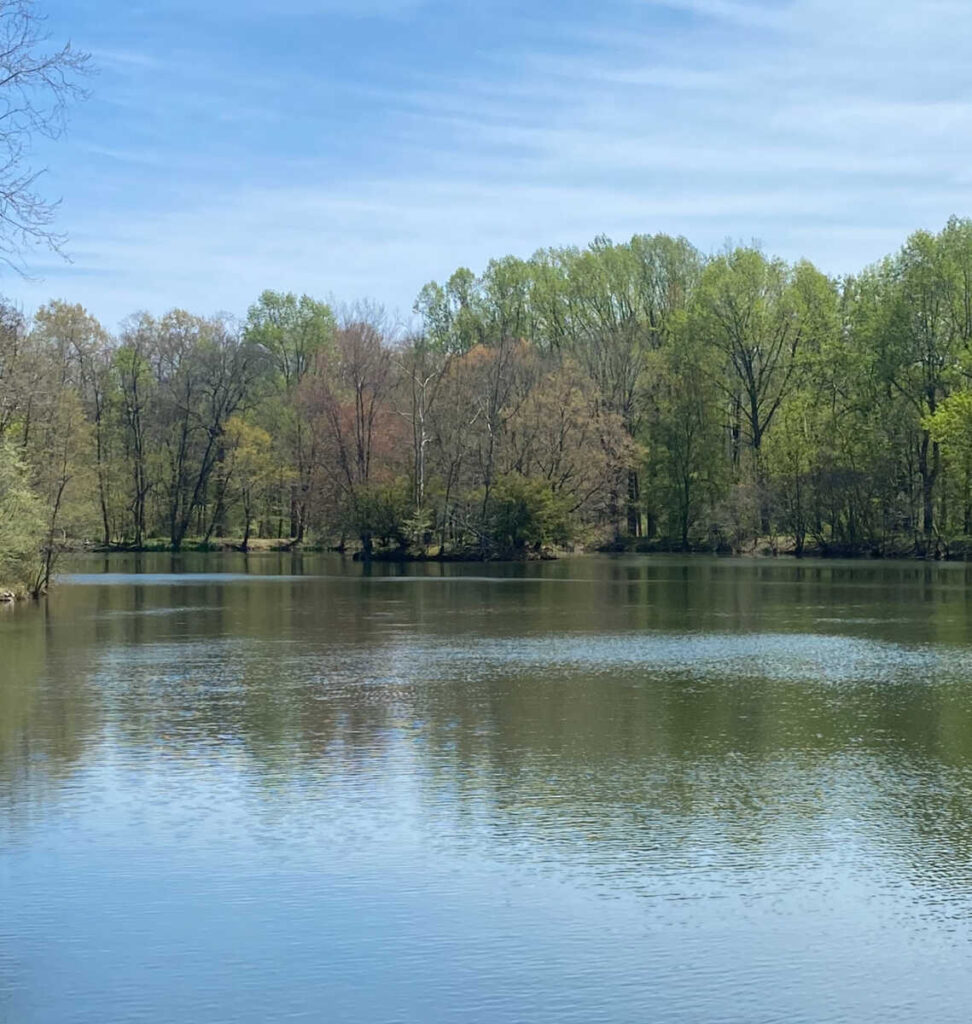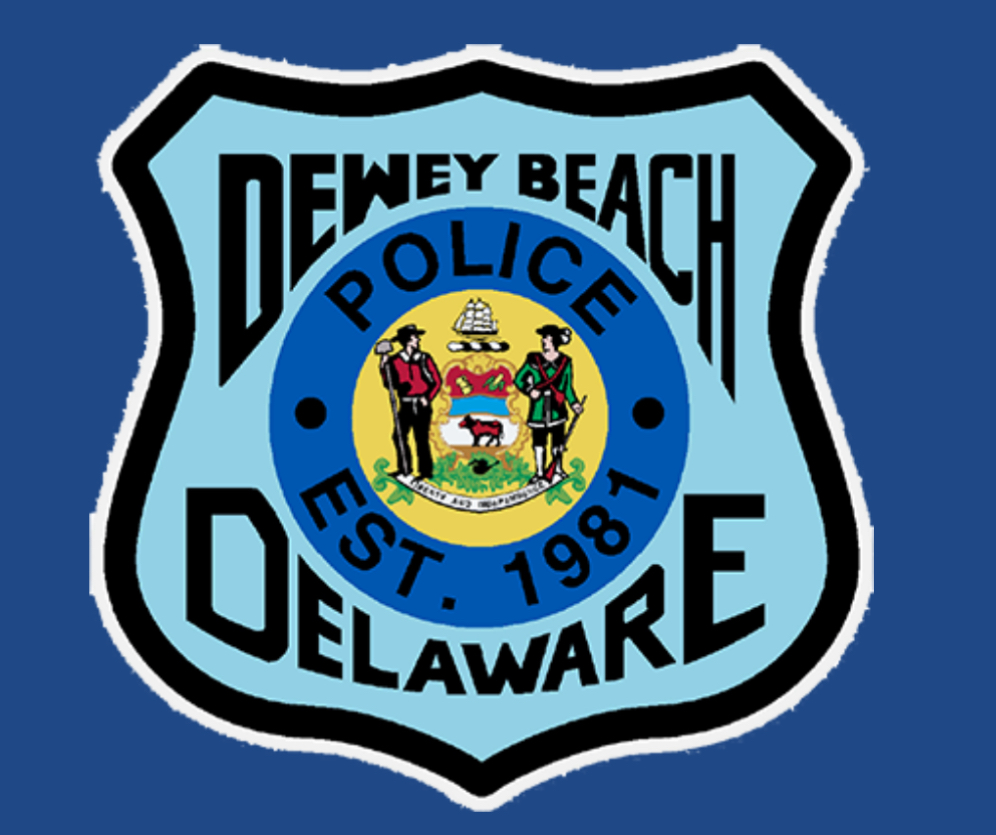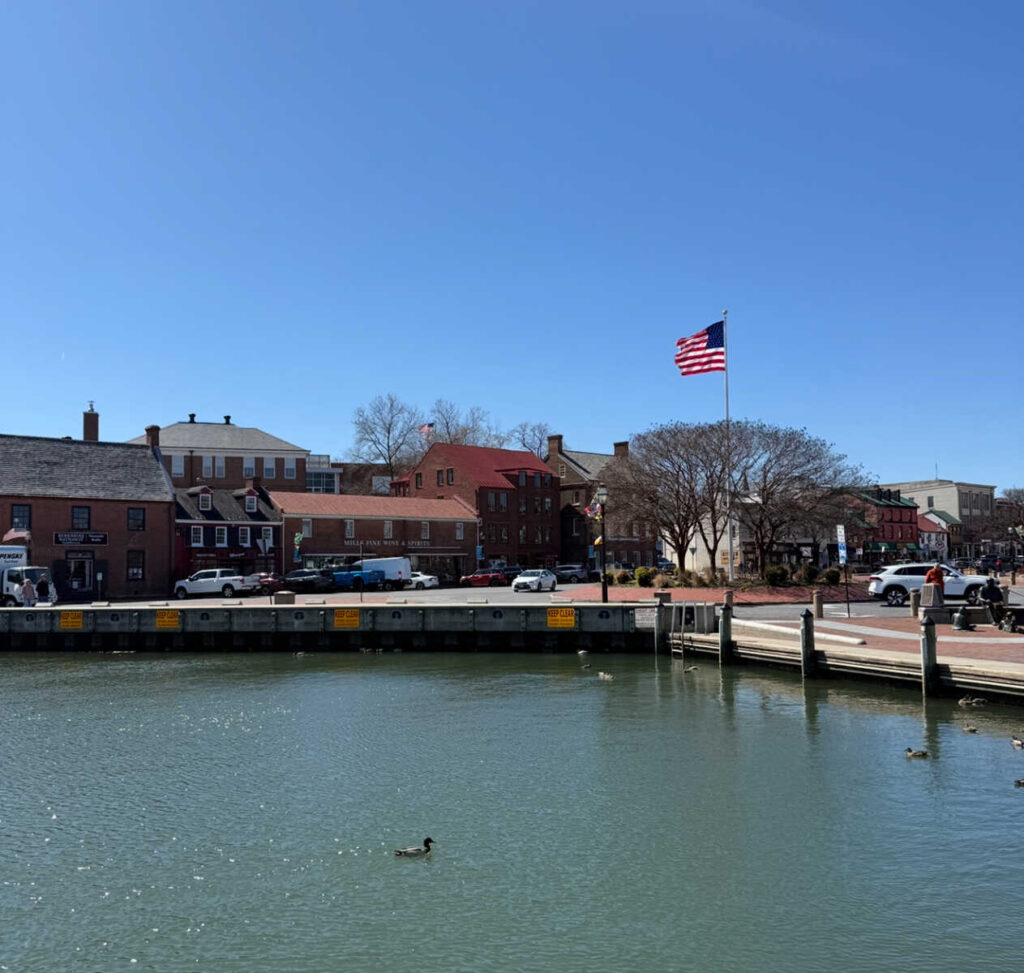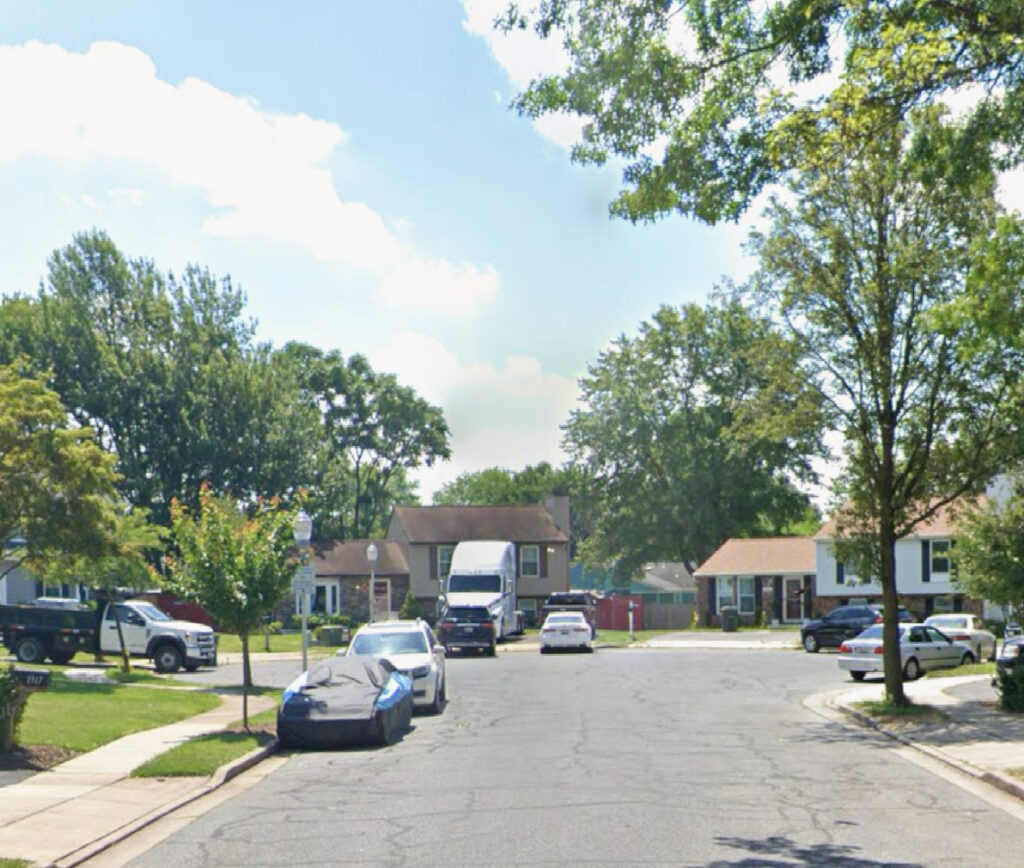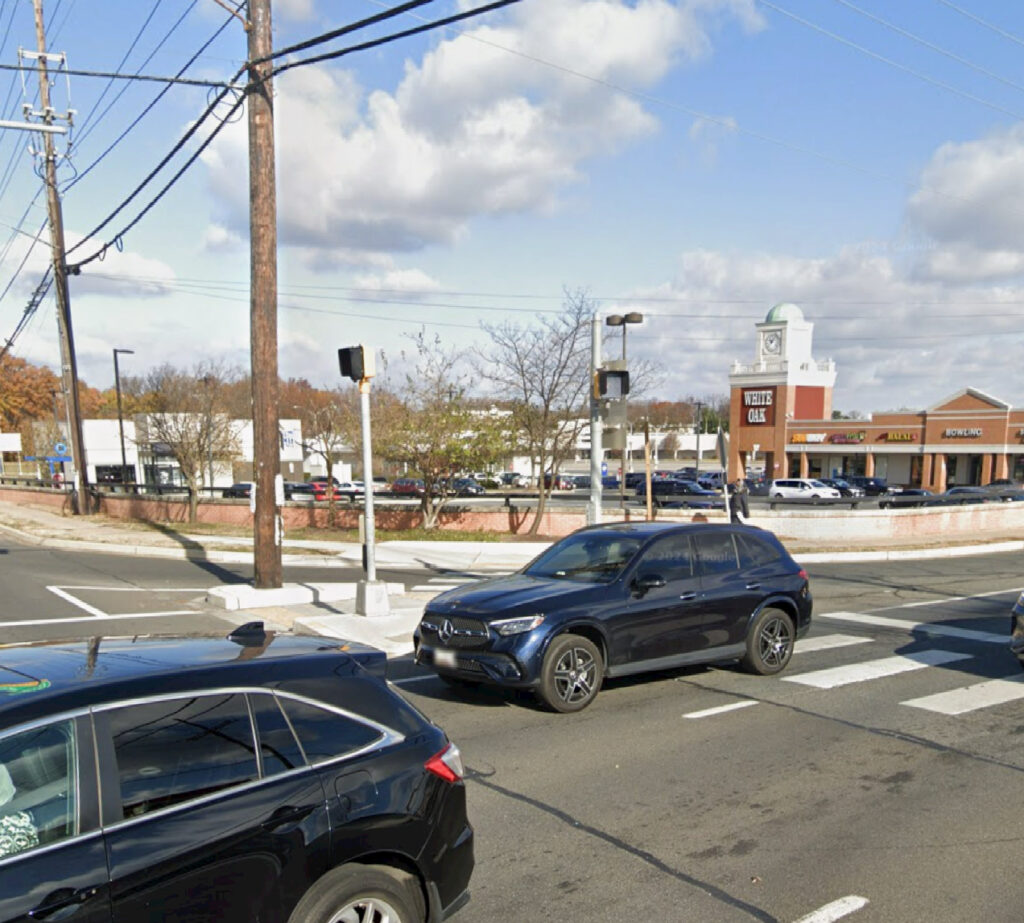Being the only state in the union without any natural lakes, Maryland enjoys a special distinction. Even though the state is home to several rivers, streams, and the vast Chesapeake Bay, there isn’t a single body of water that is considered a natural lake that was created by natural geological processes. Every other state, the majority of which contain a large number of glacial, tectonic, or volcanic lakes, is not like Maryland in this regard.
Many man-made reservoirs and impoundments provide lots of water-based recreation opportunities for Maryland residents and visitors despite this geological uniqueness. Today, we’ll examine Maryland’s three biggest lakes and reservoirs, all of which were created by humans:
The Conowingo Reservoir, which spans 8,563 acres and is located close to the Pennsylvania border where the Susquehanna River meets Harford and Cecil Counties, is Maryland’s largest lake or reservoir. It was established in 1928 by the Conowingo Dam and is mostly used to generate hydroelectric power, making it an essential renewable energy source for the state. In addition to providing electricity, it cools a nuclear power plant and adds to Baltimore City’s municipal water supply.
The reservoir’s role in capturing silt and nutrients that flow towards the Chesapeake Bay, a capacity it is quickly reaching, presents serious environmental concerns even though it is essential for water and power. Notwithstanding these reservations, it is still a well-liked fishing spot, especially for sportfish, and is also known for being a great place to see bald eagles, especially in the winter.
Deep Creek Lake, Maryland’s largest inland lake, is situated in Garrett County’s gorgeous Appalachian Mountains and has an area of around 3,900 acres with 69 miles of shoreline. Built for hydroelectric power in the 1920s, its management has changed to balance energy production with its status as the state’s top recreational lake. With a variety of summertime activities like boating, fishing, swimming, and watersports, this balance has solidified its position as a year-round tourist attraction.
Its closeness to Wisp Resort turns the neighborhood into a skiing and snowboarding hotspot in the winter. With features including a beach, boat ramp, and camping areas, Deep Creek Lake State Park offers easy public access and solidifies its standing as a mainstay of Maryland’s outdoor recreation.
A vital part of Baltimore City’s drinking water supply, the Liberty Reservoir spans roughly 3,106 acres in Carroll and Baltimore Counties. With an astonishing maximum depth of 144 feet and 82 miles of shoreline, this reservoir is carefully managed to guarantee the cleanliness of the water it feeds. The reservoir is a popular fishing location, drawing fishermen looking for species like largemouth bass, smallmouth bass, crappie, and white perch, even though swimming is forbidden to preserve the water quality. Boating is allowed with a permit from the City of Baltimore, but only for non-motorized or electric-motorized watercraft.
A serene natural retreat quite close to cities, the surrounding grounds are part of a Cooperative Wildlife Management Area and offer hiking, birdwatching, and restricted hunting options.
